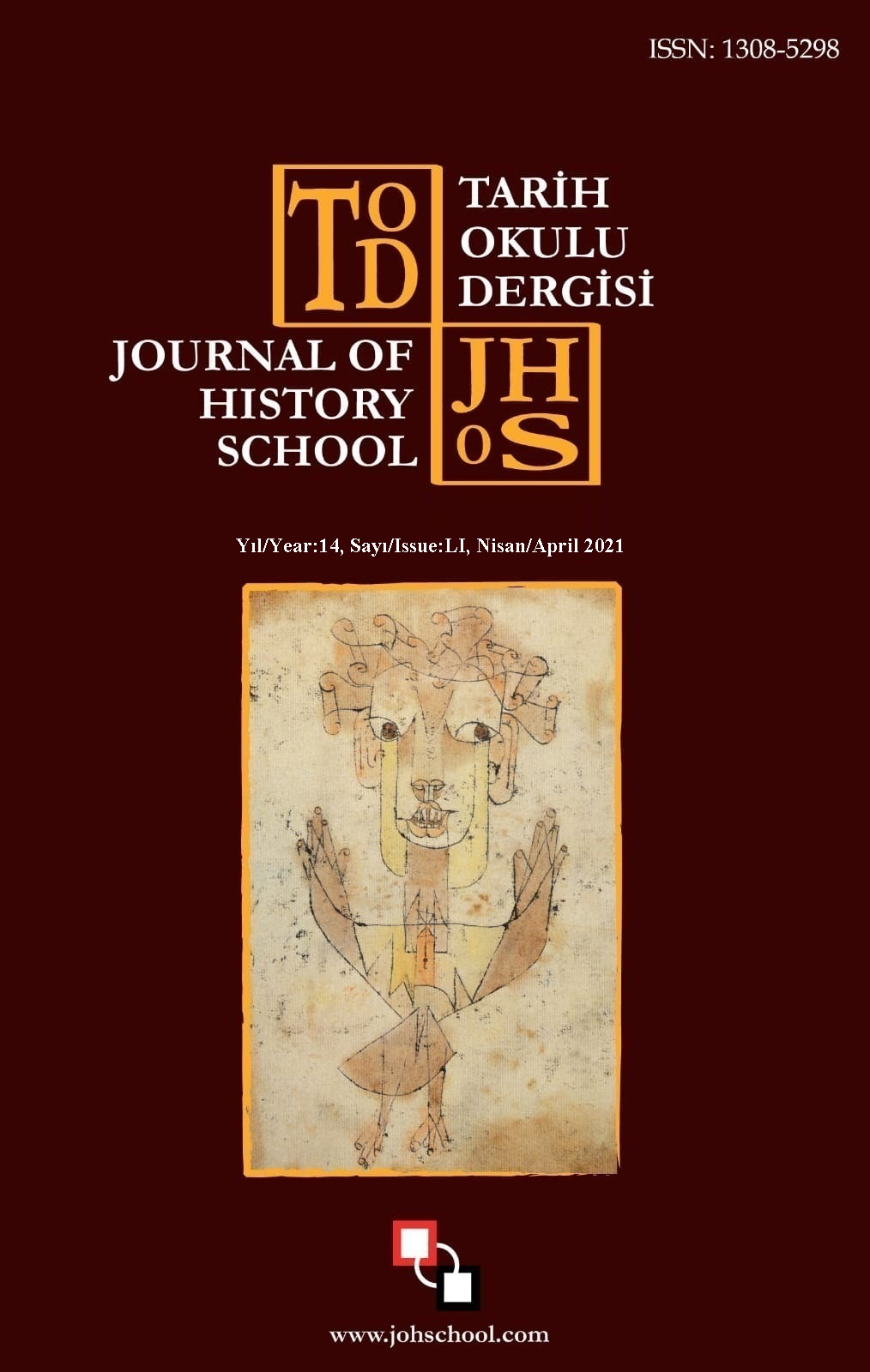Author :
Abstract
Malatya’nın Akçadağ ilçesi Kadı İbrahim Köyü’nde bulunan camii, üzerinde bulunan kitabelerine göre iki kez onarıma tabi tutulmuştur. Hafif eğimli bir arazide kurulan cami, kemerleri doğu batı doğrultusunda atılmış, mihrap duvarına paralel üç sahınlı ve önünde iki gözlü bir son cemaat mahalline sahiptir. Kökeni mescidi nebeviye dayanan bu plan türünün değişik varyasyonunu yakın bölgelerde görmemiz mümkündür. Ancak burda yapı enine değil boylamasına gelişen dış yapı içerisinde mihraba paralel sahının uygulandığı görülmektedir. Eyvan türü taç kapısı ve kapı kemeri üzerindeki rozetleri ile Darende Ulu Camii taç kapısıyla benzerlik göstermektedir. Yapı üzerindeki iki onarım kitabesinden en eski tarihli olanı 1578 yılına aittir. Böylece ilk inşası bu tarihten önceye giden yapının taç kapı formu ve süslemelerinden dolayı 15. yüzyıl sonu 16. yüzyıl başlarında inşa edilmiş Memlûk veya Dulkadirli eseri olabileceğini söyleyebiliriz.
Keywords
Abstract
This masjid, located in the Kadı İbrahim village in the Akçadağ district of Malatya, has been repaired twice according to the inscriptions on it. The mosque arches built on a slightly sloping ground have a portico courtyard with three sahns and 2 bays, parallel to the mihrab wall with three sahns laid in the east-west direction. It is possible to see the different variation of this plan type, which originates from the mosque Nebev, in nearby areas However, here it is seen that the nave parallel to the mihrab is applied within the outer structure that develops longitudinally, not transversely. It resembles the portal of Darende Ulu Mosque with its iwan-type portal and its rosettes on the door arch. The oldest of the two repair inscriptions on the building dates back to 1587. Thus, we can state that the building, whose first construction dates back to earlier than this date, could be a Mamluk or Dulkadirli work from the late 15th century or the early 16th century, based on its portal form and ornaments.





